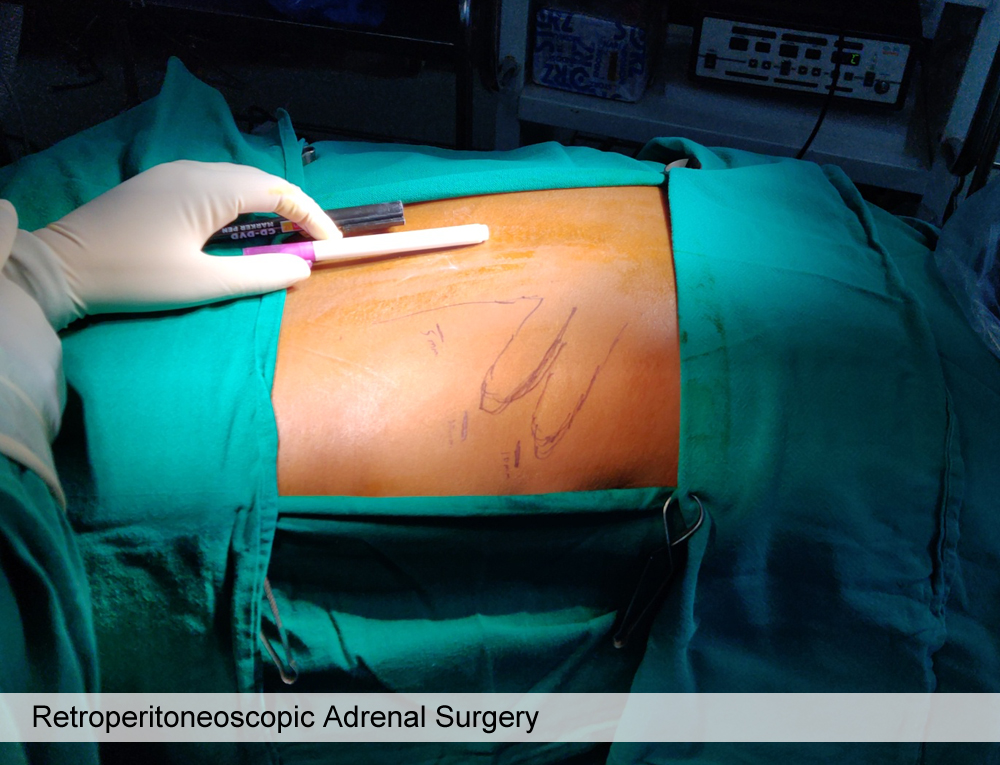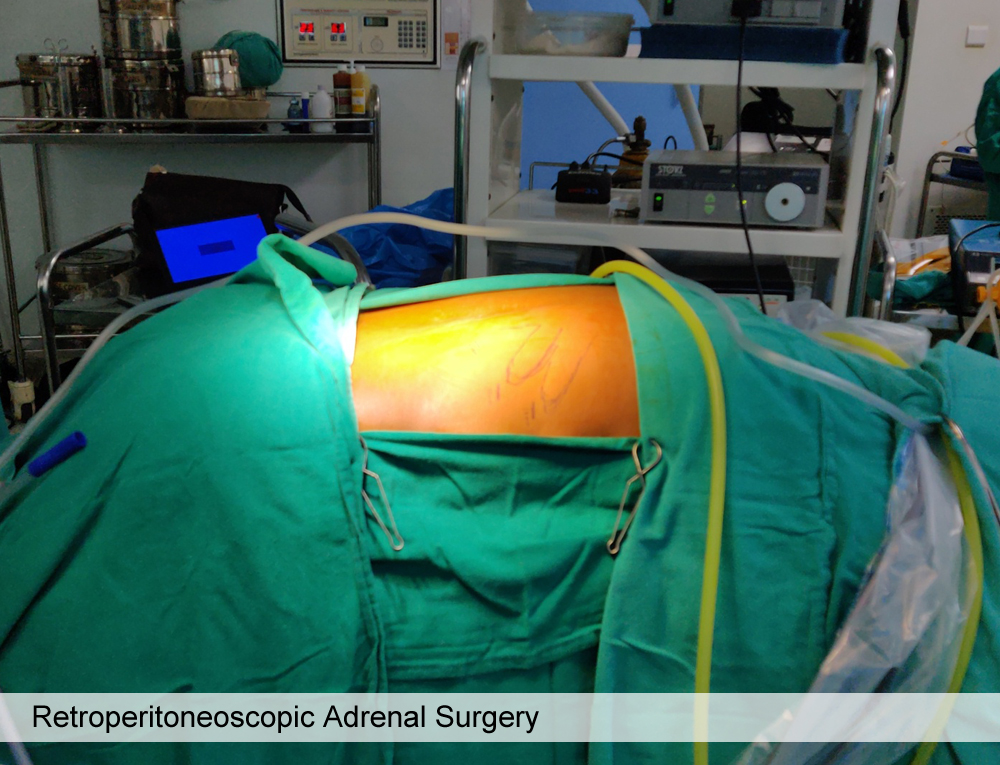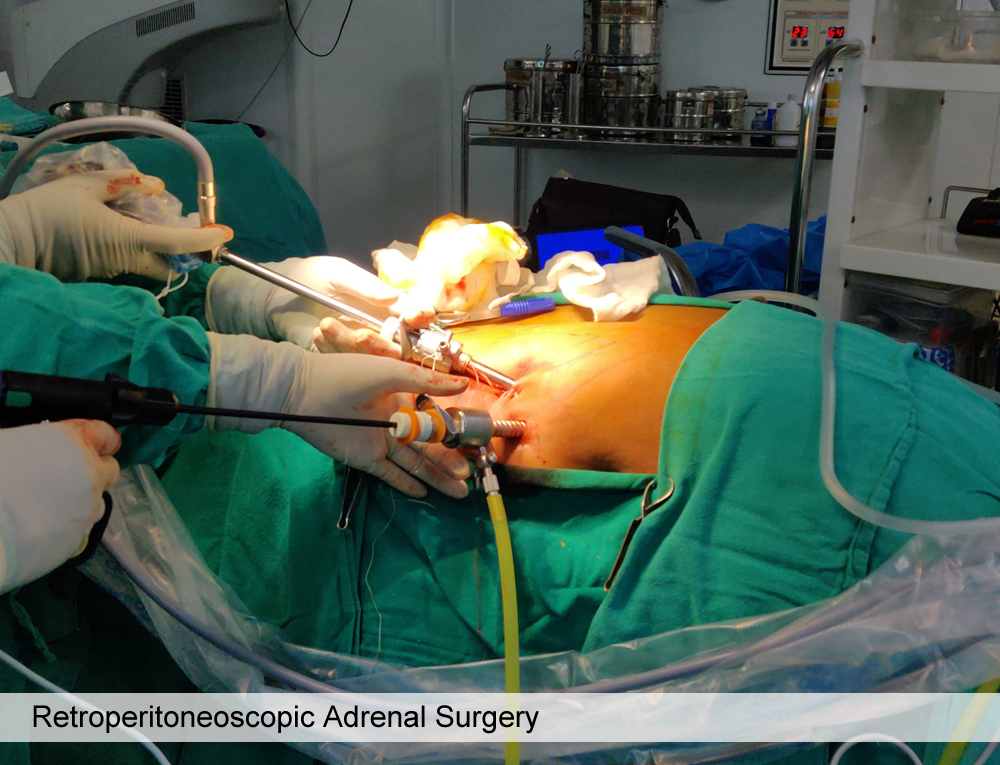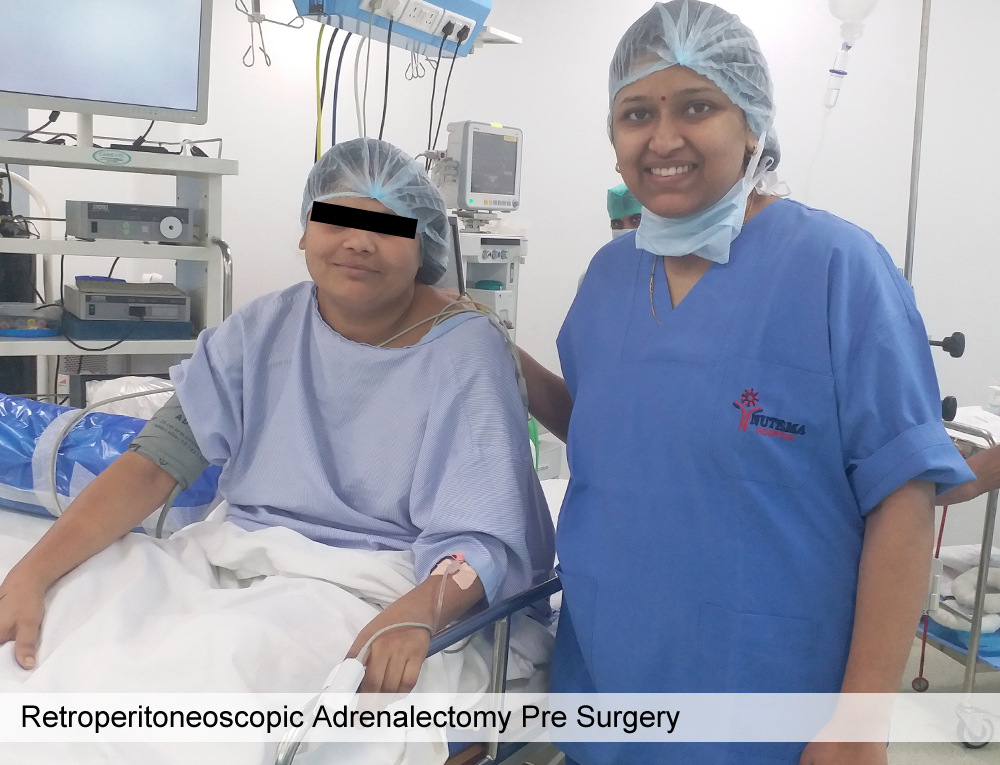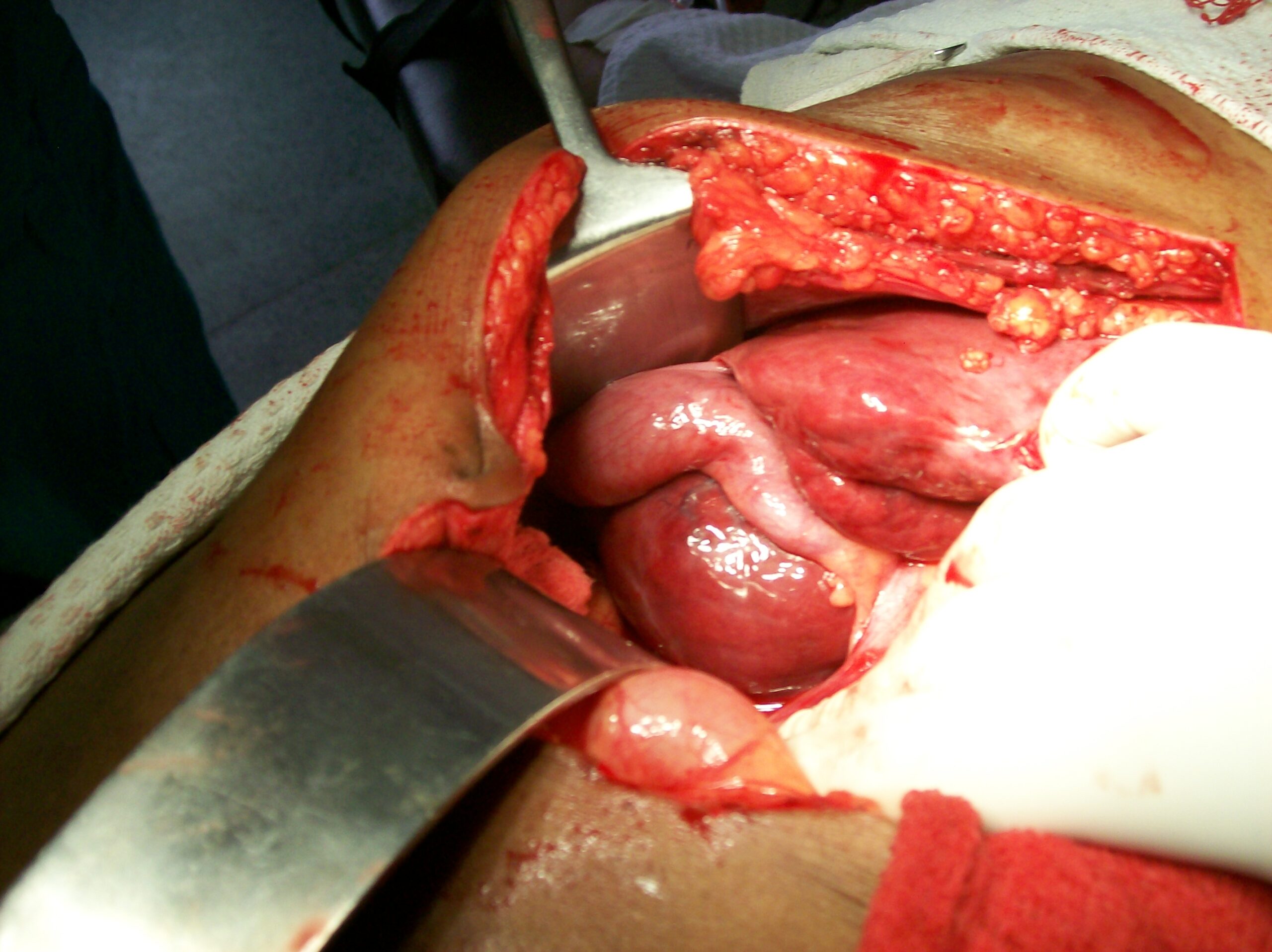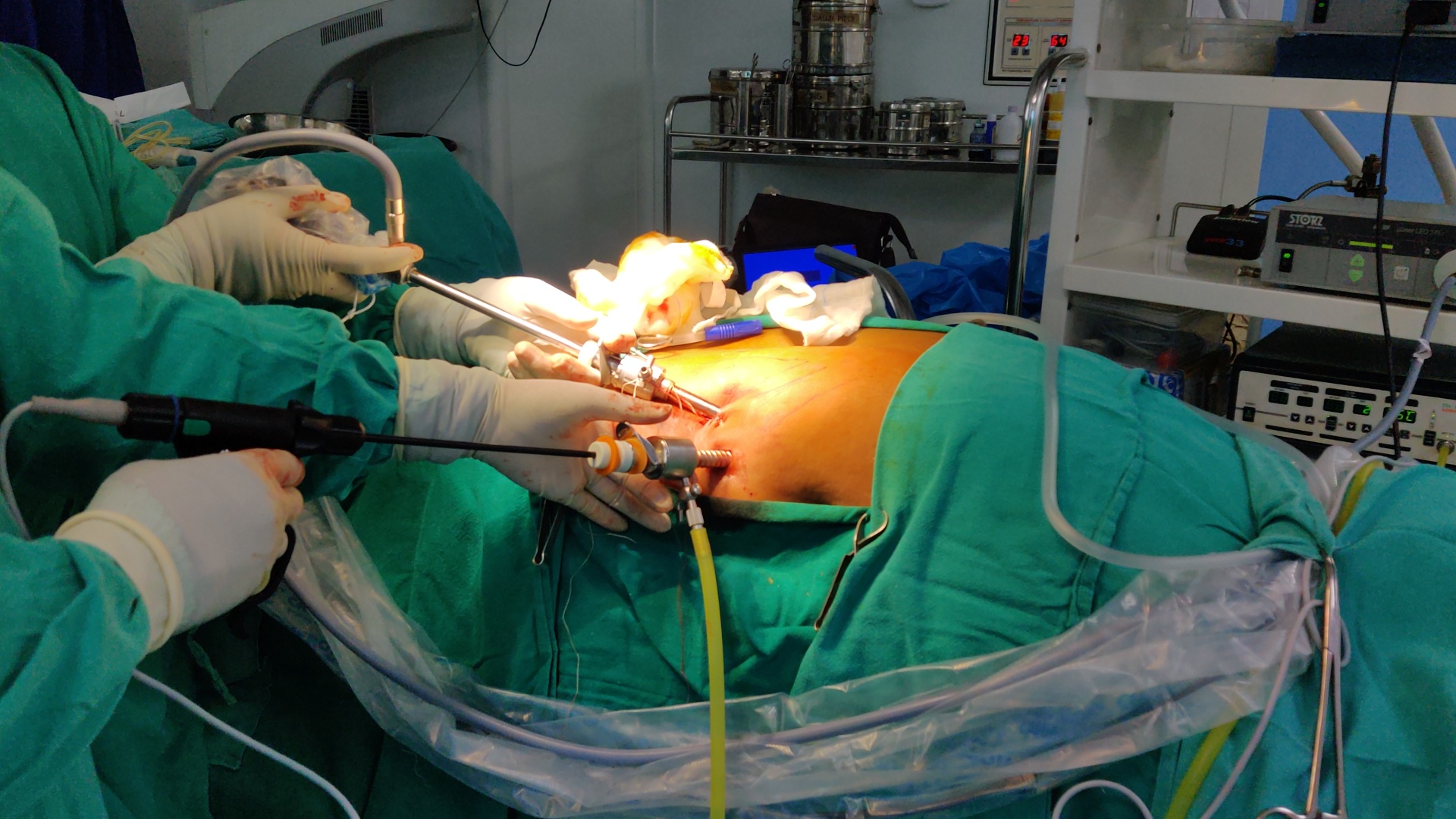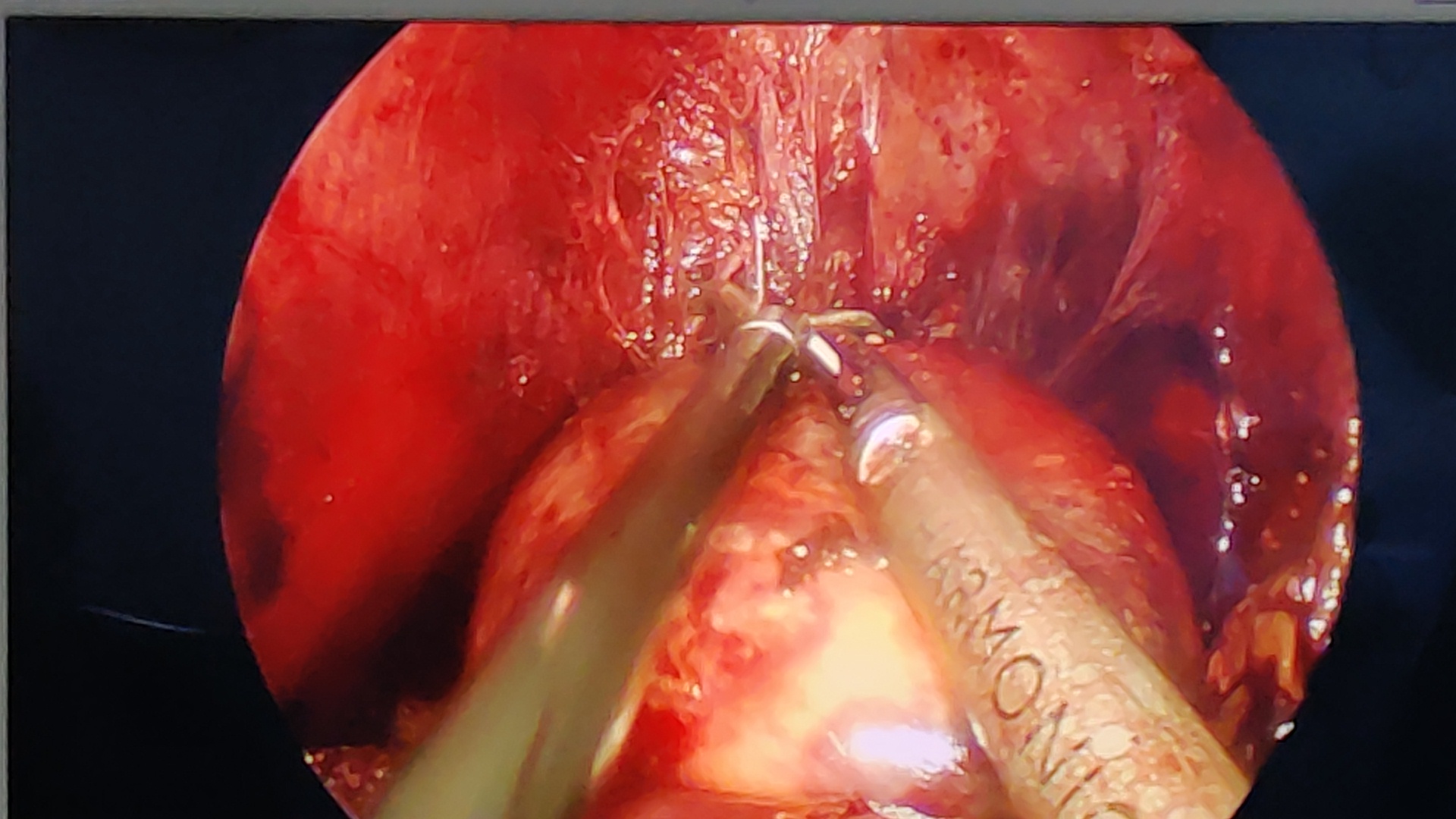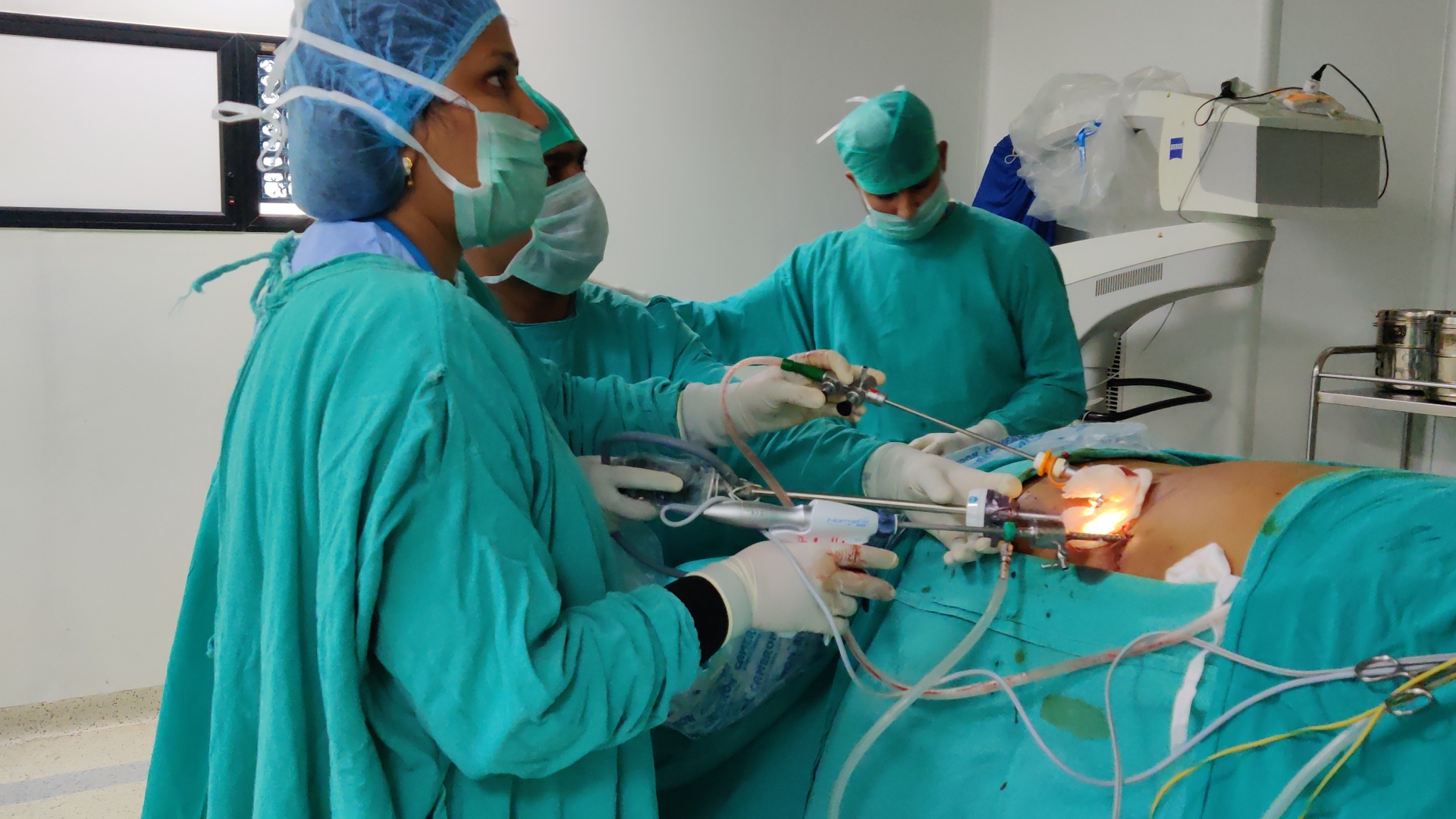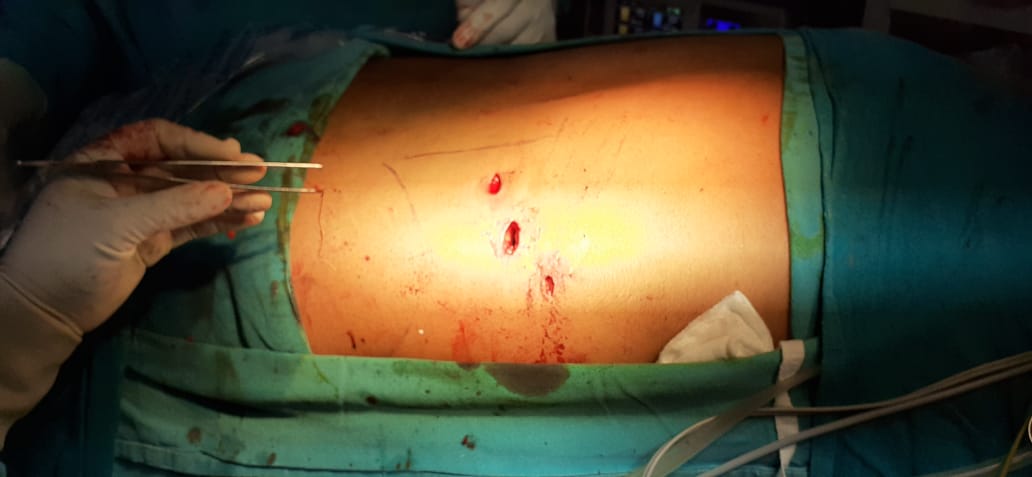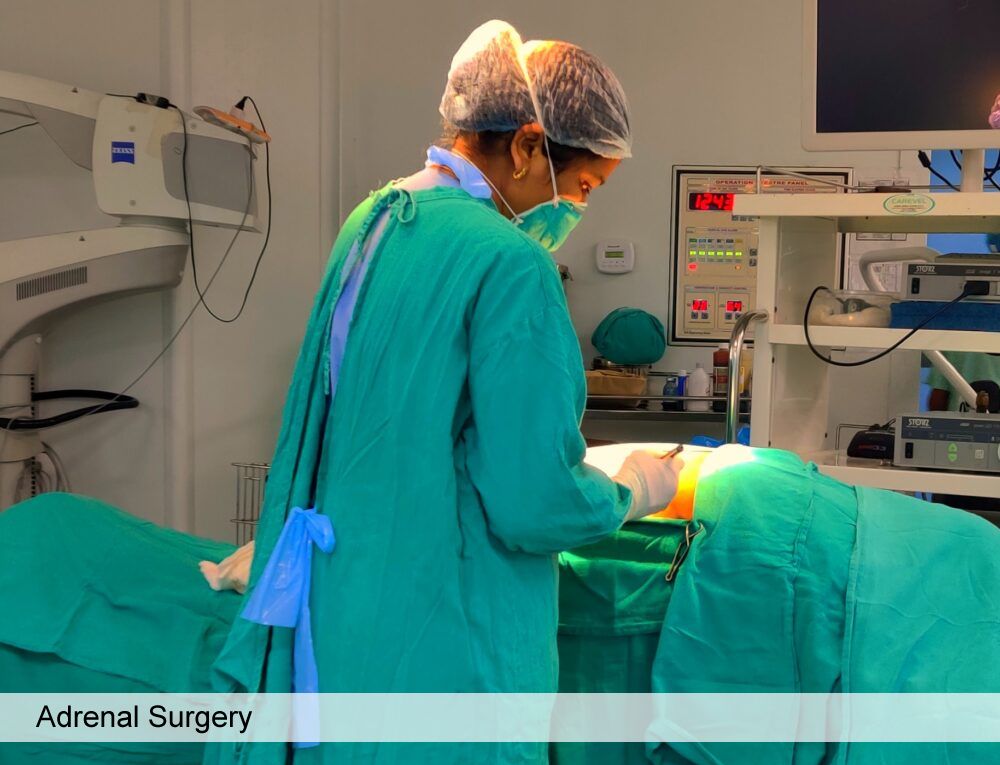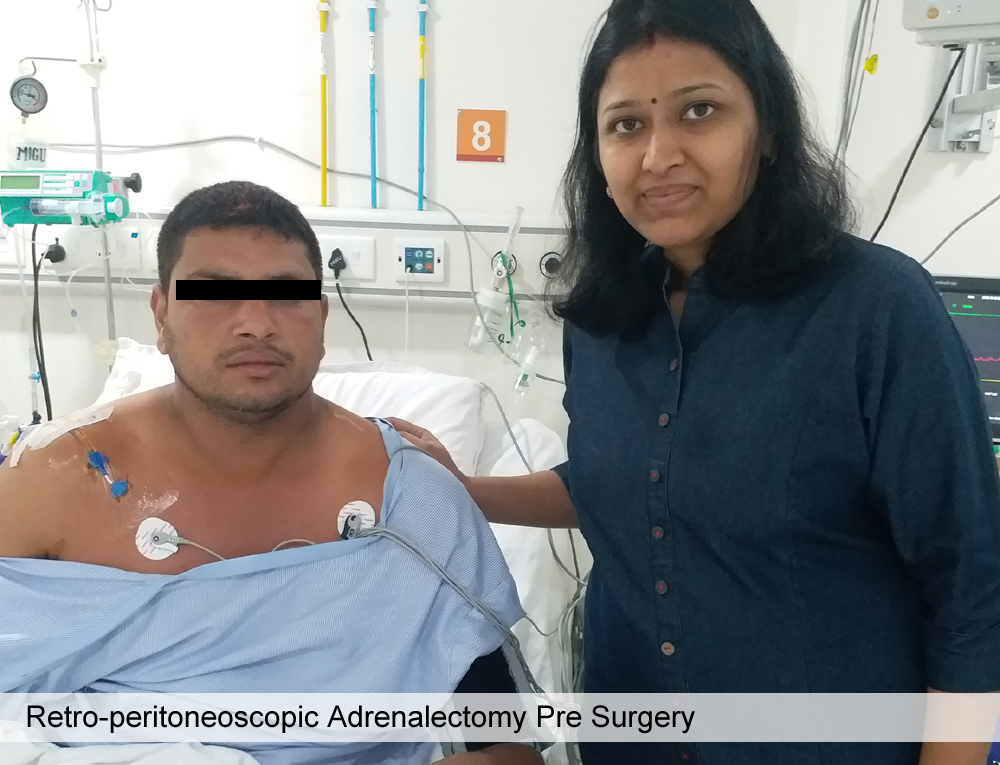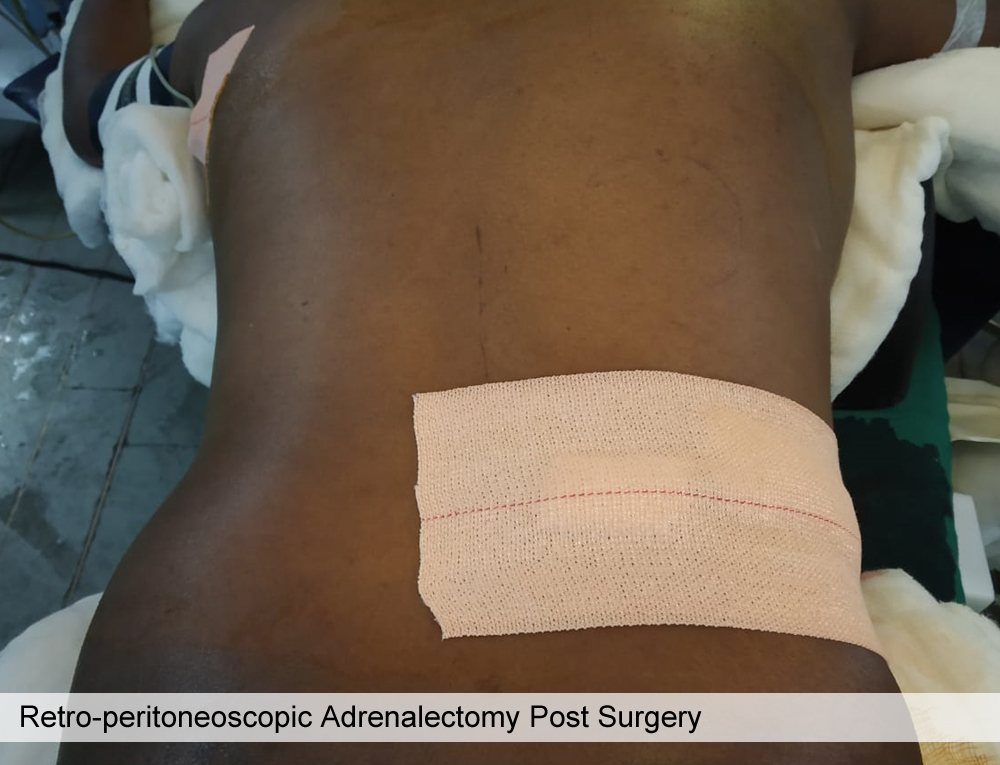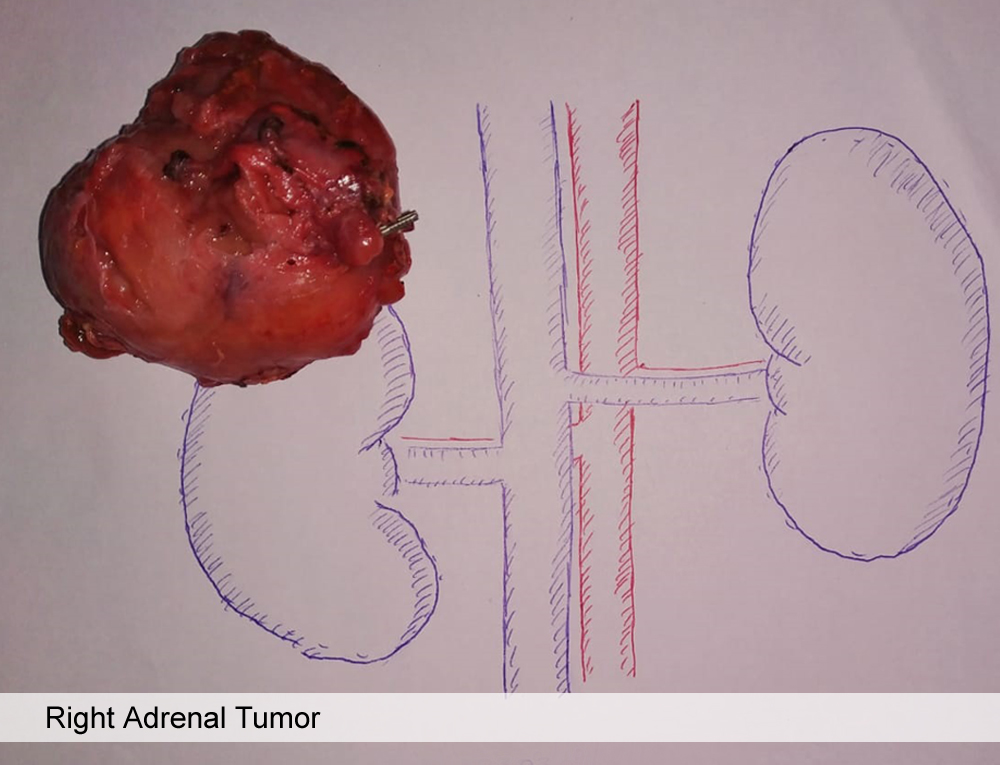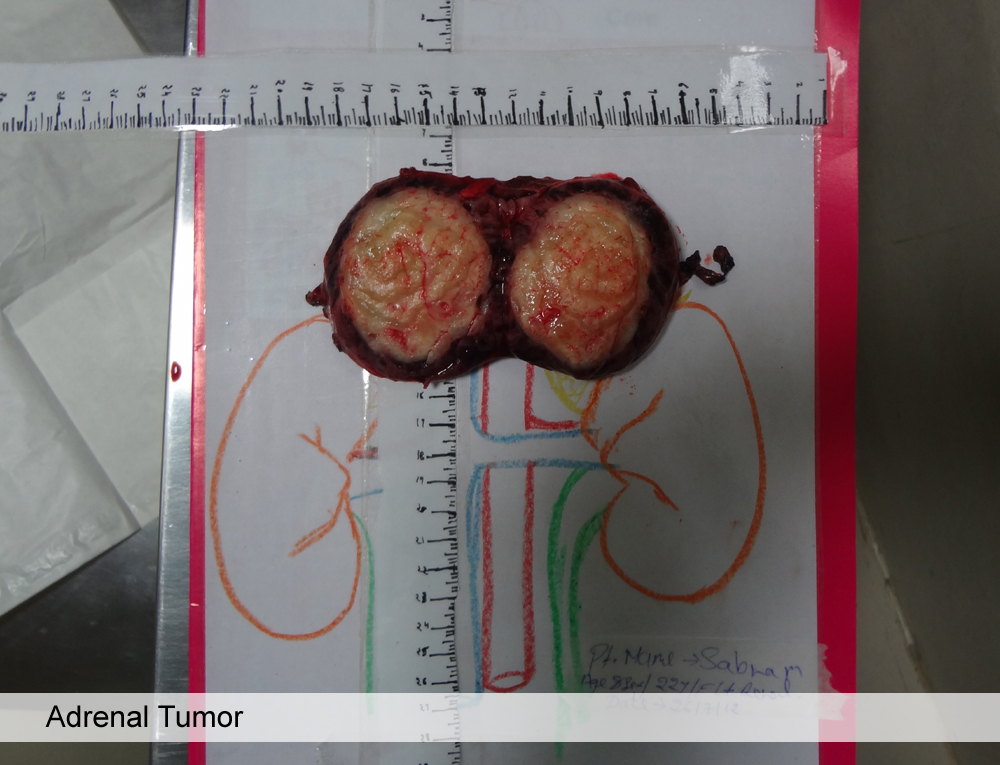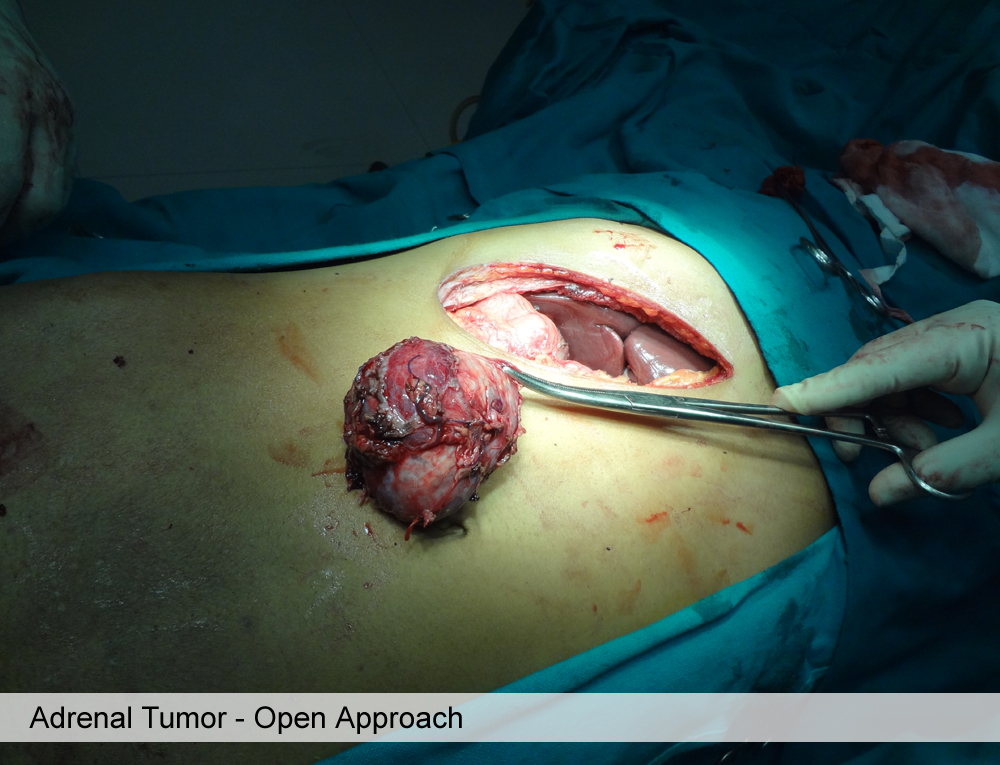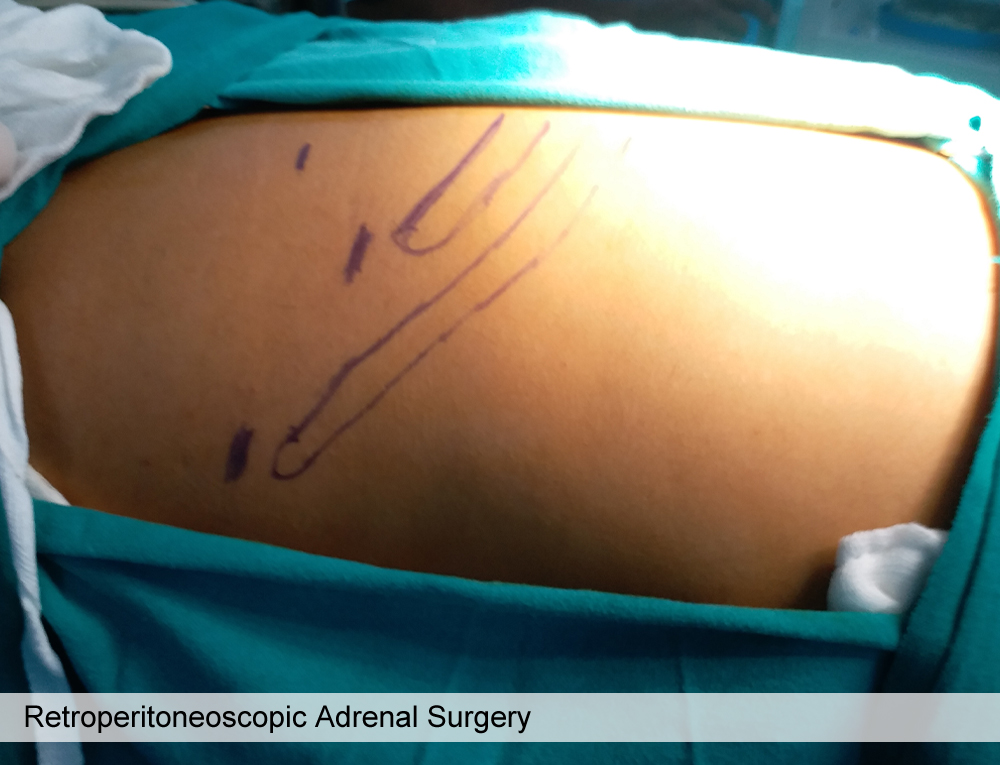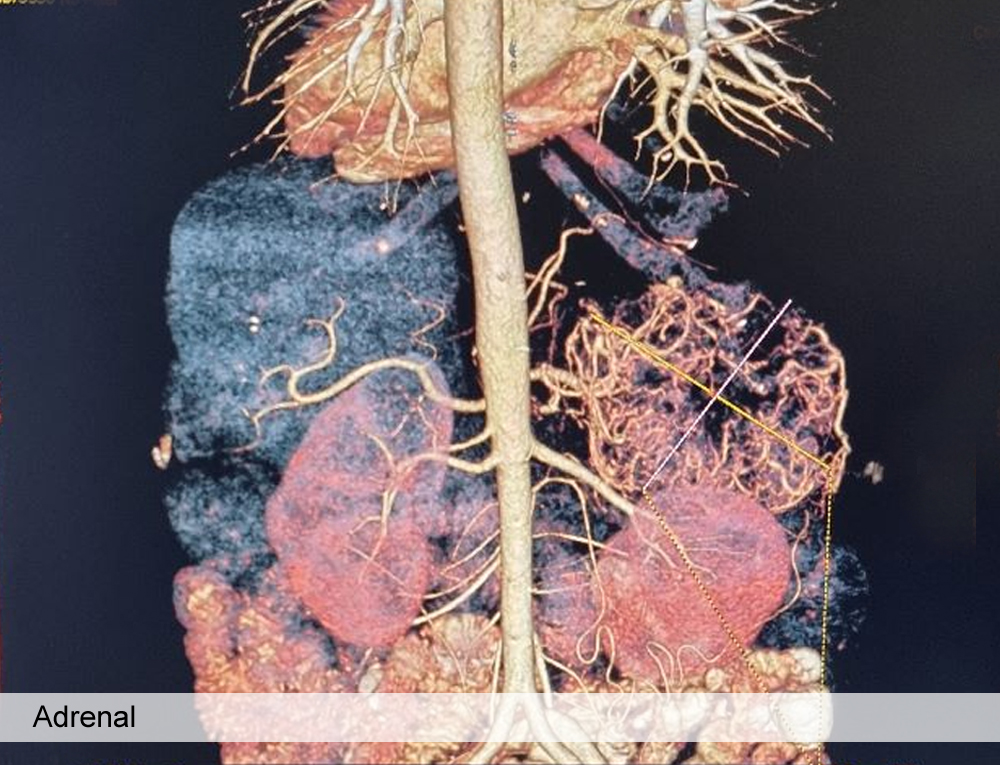Adrenal Surgery
Adrenal – Adrenal glands are the endocrine glands located at the superior poles of the kidneys, one on either side. It secretes various hormones, required for the vital functions of the body. Its tumors may lead to clinical features specific for the hormone that is hyper-secreted.
Hyper-cortisolism – it is caused due to cortisol secreting tumor. Patient gradually puts on weight with predominantly truncal obesity and thin limbs. They have characteristic buffalo hump, purple strectch marks, thin and delicate skin, sensitive for infections and generalized body and muscular weakness. Diabetes and hypertension either develops or if already present, becomes uncontrolled despite best medicines following the surgical removal of the tumor, the patient resumes the normal appearance and functions gradually over time.
Hyperandrogenism – Some of the adrenal tumors characteristically secrete androgenic hormones. These hormones causes virilism in females and gyanecomastia in males. Unfortunately most of these tumors have high chances of malignancy and tumor recurrence following surgical excision.
Hyperadrenalism – Tumors of adrenal medulla lead to hyper-secretion of catecholamines. It leads to episodic hypertension, headache, sweating, palpitation. If uncontrolled, may lead to complications. Treatment is surgical excision of tumor.
Retroperitoneoscopic adrenalectomy – Excision of adrenal tumor with the help of endoscope from the back without opening the abdomen. It is a technically advanced procedure with the advantage of no risk of hernia, no risk of injury to liver, spleen and intestine, early mobilization and weaning and operating both the adrenals in single sitting if indicated.
Trans-peritoneal adrenalectomy – it is the conventional adrenalectomy done from the anterior abdominal wall. The endoscopic advances through the peritoneal cavity. Compared to the Retroperitoneoscopic adrenalectomy, it has higher risk of liver, spleen and intestinal injury, relatively delayed weaning due to gastro-paresis, chances of hernia and difficulty operating both adrenals in single sitting.
PATIENT EDUCATIONAL VIDEOS
coming soon

